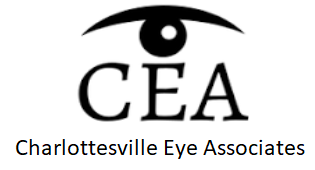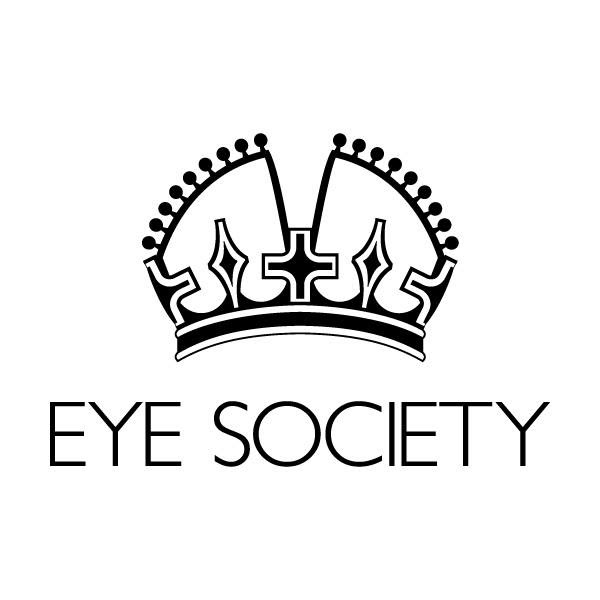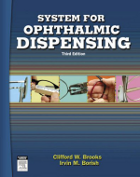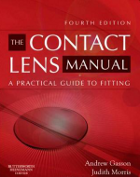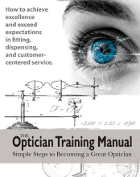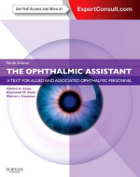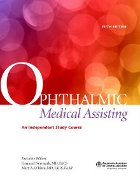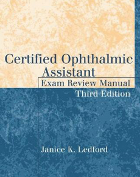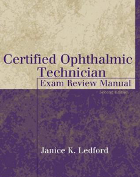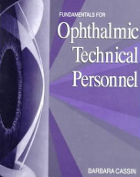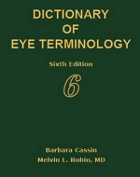Tasks included in the standard ophthalmic technician job description are generally to assist the optometrist and physician with the ongoing management of patients. While unlicensed personnel are not qualified to exercise any advanced medical judgment, there are many routine activities that are essential to patient care and are delegated. The tasks assigned to a technician help to maintain efficiency and ensure that a high level of comprehensive care is provided to the public.
Most people who work in this profession begin their career as an assistant since it is the main entry-level option available to unlicensed ophthalmic personnel. Common duties delegated to the assistant do include things like collecting visual acuity measurements, recording medical and surgical histories, administering ocular medications, performing refractometry, providing patient education, assessing intraocular pressure, testing the pupils, and coordinating patient flow. Other tasks may be added based on the specific needs of the employer and the types of patients that are being managed. As always, it is a good idea to go over the requirements of a position before accepting employment.
The Role of a Technician
An assistant who has worked in the specialty for at least 12 to 18 months might have the opportunity to advance their career by accepting more work responsibilities as the technician. While the ophthalmic technician job description typically includes all of the activities required of an assistant, it also incorporates things like neutralizing spectacle lenses and measuring corneal curvature using a keratometer or ophthalmometer. The additional education, training, and technical skills required to be a technician are what differentiate the position from that of the assistant. Also, the way in which technicians measure visual fields and ocular motility as well as handle optics, lenses, photography, and tonometry may expand on what an assistant is capable of doing.
The Use of Tools and Equipment
There are many tools and pieces of equipment that are used in the optical industry and it is common for an employer to include the use of them in an ophthalmic technician job description. These might include autorefractors, phoropters, tomographs, retinoscopes, exophthalmometers, Amsler grids, Snellen charts, a visual acuity card, a pupillometer, occluders, Maddox rods, OCT scanners, lensometers, snipe nose pliers, angling pliers, biometers, microscopes, and much more. Personnel typically become familiar with the tools and equipment that are important to a particular practice during an orientation or training period. As an individual gains experience, it will become easier to identity and use the tools that are necessary to perform tasks in a safe and effective manner.
Personality and Character Qualities
Aside from the basic technical skills and a generalized level of standard competency, several employers will actively search for individuals who possess the attitudes and character qualities required to work in a fast-paced service industry that can often become highly stressful. Providing patient care can be a difficult task in areas where there is high demand. When things start to get hectic, it is important for personnel to express genuine compassion for others and a willingness to help in any way possible.
Other attributes that may be part of the ophthalmic technician job description include the ability to actively listen and speak well, eye and hand coordination, critical thinking skills, a capacity to make informed decisions, oral and written comprehension, inductive reasoning, empathy, willingness to work with others, and reliability. Administrators will commonly address the personal requirements associated with the position at a formal interview of orientation meeting.
Education, Training, and Certification
While most states in the US do not have regulations that directly affect an unlicensed optical provider, an administrator may require new employees to complete an in-house or independent training program and pass a national certification examination specific to the profession. Additional details about these expectations are usually outlined in the ophthalmic technician job description. Although there are programs that are accredited by optical organizations and can be completed in order to obtain the credentials needed to become eligible to take an exam, several people will be able to qualify by acquiring experience and hands-on training. Local employers can provide more insight into the strategy that they recommend or require.
The Joint Commission on Allied Health Personnel in Ophthalmology (JCAHPO) is well-recognized as a popular option for the certification of unlicensed providers. They offer exams for nearly all unlicensed positions available in the specialty and offer a number of pathways that can be completed in order to become eligible. Over the years, it has become common for employers to include certification in the ophthalmic technician job description as a condition of employment, but there are still many establishments that allow individuals to voluntarily seek credentials. Those who work for local facilities that do not require certification might be able to earn more money, receive better benefits, and advance their career in a broader range of states by voluntarily sitting for an exam.
When it comes to employment options for an allied health provider in eye care, few offer a more rewarding experience than the technician position. People who choose to work in this field benefit from strong job growth and high levels of satisfaction that come from the knowledge that they had a positive impact on others. While training and certification may be needed in order to compete for opportunities in some areas, the time and effort invested tends to pay off over the long run through solid earnings and advancement opportunities.


